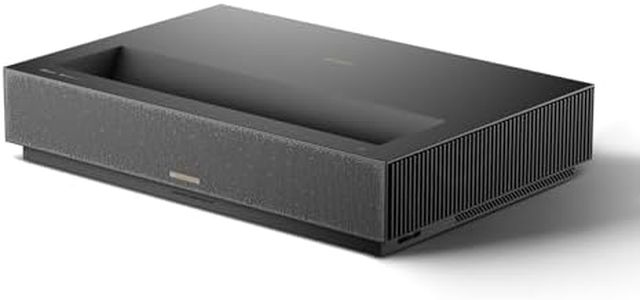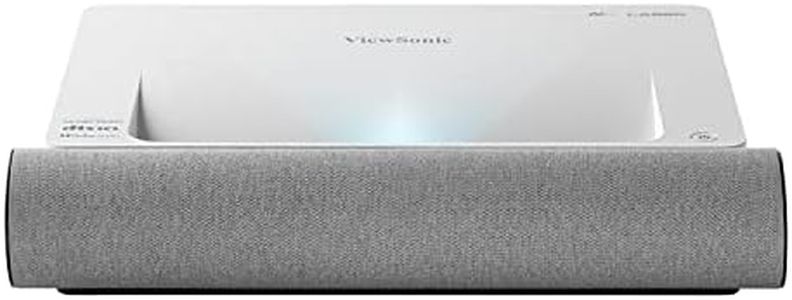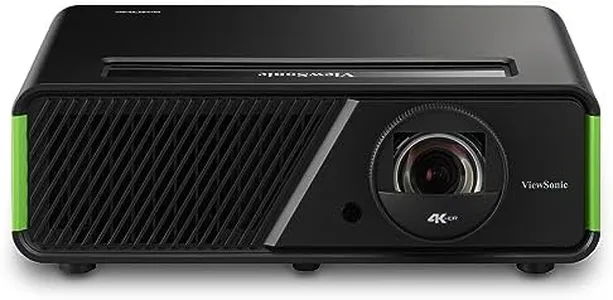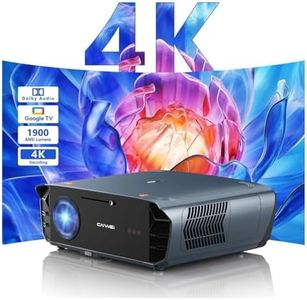We Use CookiesWe use cookies to enhance the security, performance,
functionality and for analytical and promotional activities. By continuing to browse this site you
are agreeing to our privacy policy
10 Best Short Throw Projectors
From leading brands and best sellers available on the web.Buying Guide for the Best Short Throw Projectors
Choosing a short-throw projector can be a great solution if you have limited space, want to avoid shadows on your screen, or need a flexible setup for movies, gaming, or presentations. Short-throw projectors are designed to display large images from a short distance away, making them ideal for small rooms or for people who don’t want the projector placed far from the screen. To select the best one for your needs, understanding and comparing key specifications will help you find a model that delivers the right performance for your environment and usage.Throw RatioThrow ratio determines how close you can place the projector to the screen to create a specific image size. It's calculated by dividing the distance from the projector to the screen by the width of the projected image. Short-throw projectors usually have a throw ratio less than 1.0. Lower ratios like 0.4 allow the projector to sit very close to the screen, while slightly higher values give more flexibility with placement. If you have very limited space, opt for a model with the lowest throw ratio, but if you have a bit more room, a wider range will give you more installation options.
Brightness (Lumens)Brightness, measured in lumens, affects how well the image appears, especially in rooms with ambient light. Lower lumens (under 2000) are usually fine for dark home theaters, while higher lumens (2500 and up) work better for rooms with daylight or artificial lighting. Consider how much natural or artificial light will be in your typical viewing environment; pick a model with higher brightness if you can't always darken the room.
ResolutionResolution tells you how detailed and sharp the image will be. Common resolutions include HD (1280x720), Full HD (1920x1080), and 4K (3840x2160). Higher resolution produces clearer, more detailed images, which is especially important if you plan to sit close to the screen or want to use the projector for text-heavy presentations. For home cinema and gaming, Full HD or 4K is preferable, while lower resolutions can suffice for casual presentations or basic video.
Input LagInput lag measures the delay between sending a signal to the projector and the image appearing on screen. Lower input lag (under 30ms) is important for gaming or interactive use, as it allows for responsive, real-time action. If you’re just watching movies or static presentations, input lag is less critical. Gamers should look for the lowest possible input lag, while for most other uses, higher lag is acceptable.
Keystone and Focus AdjustmentKeystone correction and focus adjustment help you fine-tune the image if the projector isn't positioned perfectly in front of the screen. Keystone correction straightens the image if the projector is angled, while focus adjustment ensures sharpness. Digital keystone correction offers convenience but can reduce image quality slightly, while manual adjustment requires a bit more effort. These features are especially helpful if your projector placement options are limited, so consider how you'll set up the projector and choose accordingly.
Port SelectionThe types and number of ports, such as HDMI, USB, or audio outputs, determine what devices you can connect to your projector. More ports give you flexibility for connecting gaming consoles, streaming sticks, laptops, and sound systems. Think about which devices you'll use most often and make sure the projector has compatible inputs and enough connections for your needs.
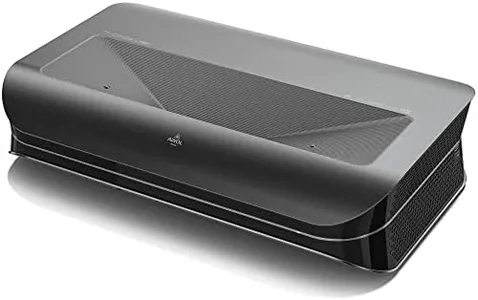
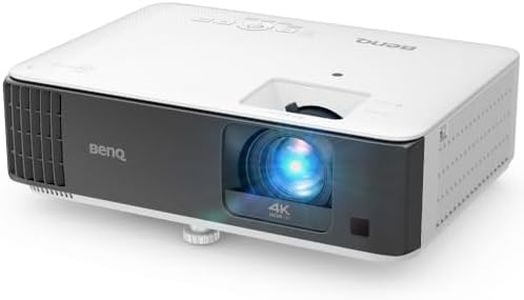
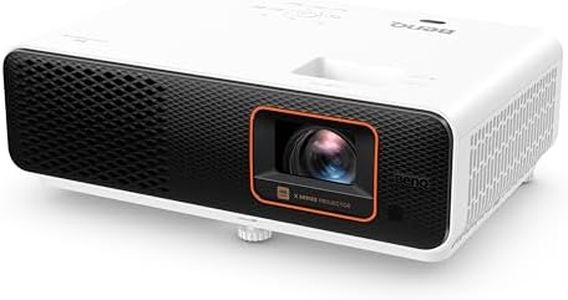
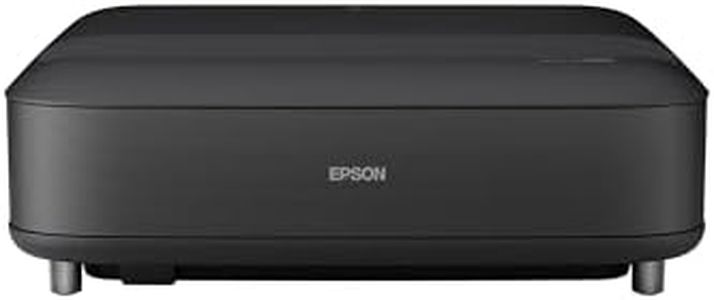

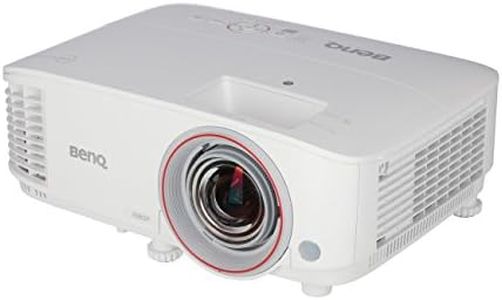
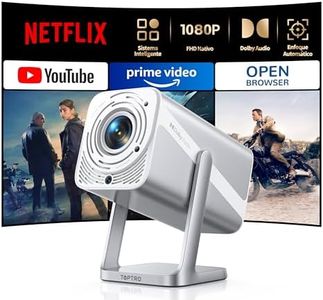
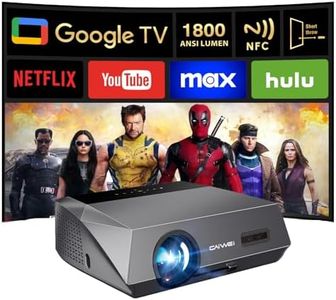
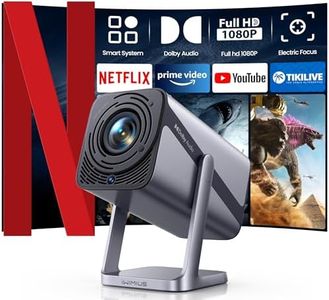
![[Netflix Official & Auto Vertical Keystone] 4k Projector WiFi 6 and Bluetooth 5.4, MINI Portable Projector with 5w Soundbase Speaker, Short Throw Projector,180°Rotatable Smart Projector](https://images-proxy.bestreviews.guide/HsCOHLcjY-D8WGszRlTJ_j7Olwo=/0x300/https://m.media-amazon.com/images/I/41pJiB2UiaL._AC_CX679_.jpg)
